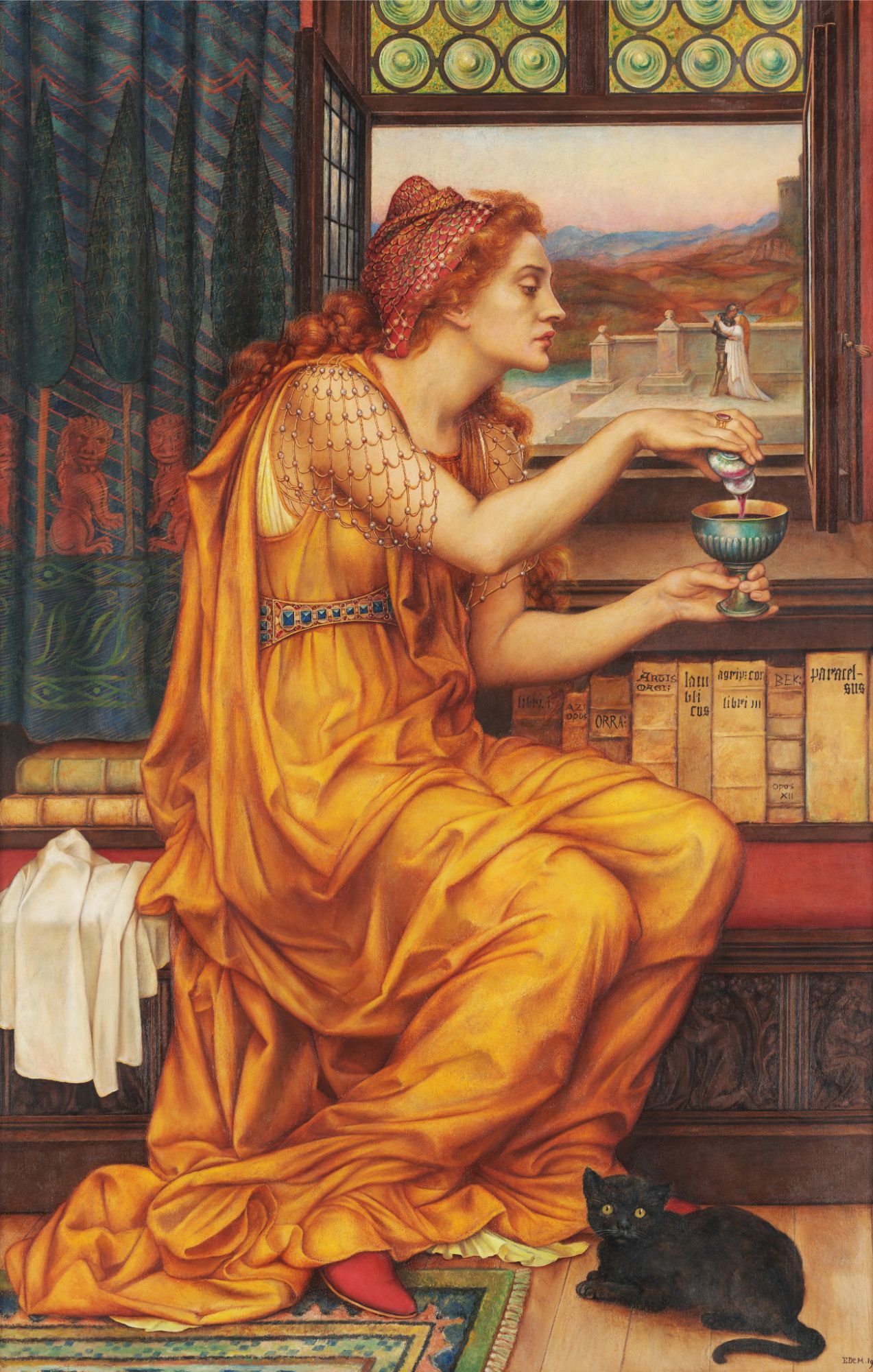This week, we asked you to chose your favourite De Morgan artworks to create an online exhibition together.
“I think we can look at this as a reflection of what those who follow De Morgan on Twitter are thinking and feeling about winder society and issues at this time. It is really interesting to me that not a single person chose anything by William De Morgan, only paintings by his wife Evelyn De Morgan. Perhaps this was because we used the word ‘artwork’ and we all fell into the trap of considering craft pieces like William’s ceramics as something else entirely.”
—Sarah Hardy, Director of the De Morgan Museum
“Many people looked at the stories of women which De Morgan chose to depict in her artwork. As we live in a time where we still look for equality, for women, but for many marginalised groups, the De Morgans’ commitment to supporting women’s rights seems to be a key message that resounds with audiences today.”
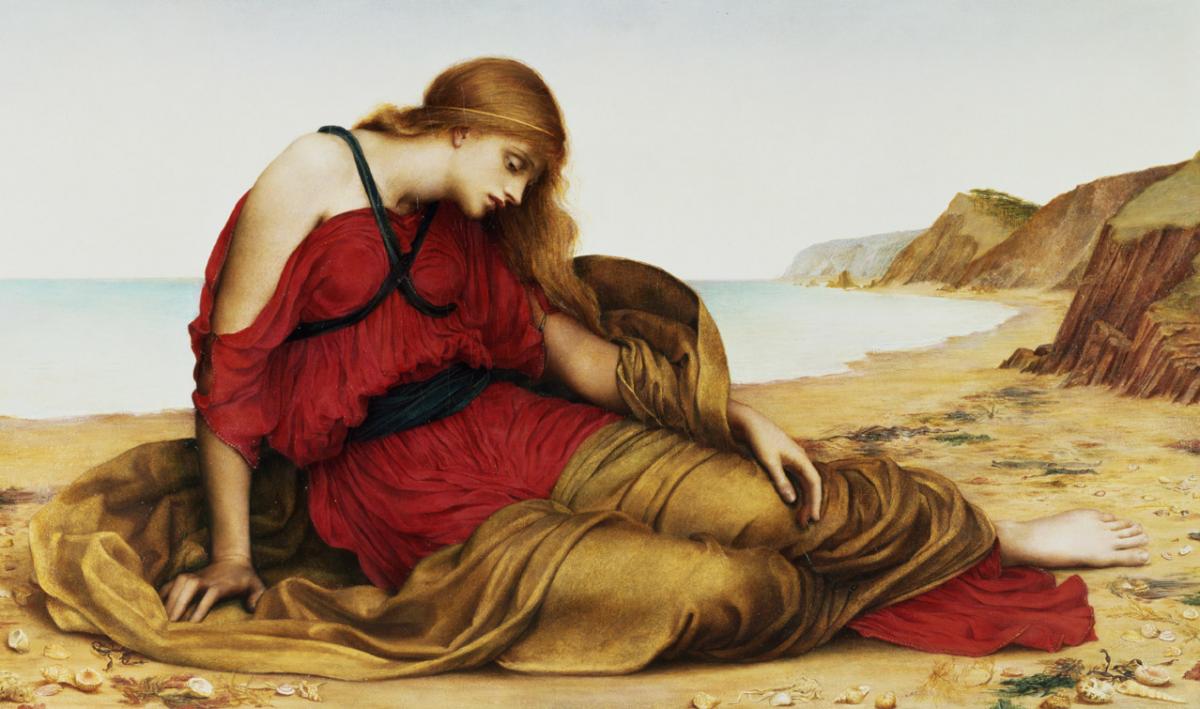
Art UK chose Ariadne by Evelyn De Morgan (1878).
“We’ll pick ‘Ariadne in Naxos’ by Evelyn De Morgan in your collection because it’s such a wonderfully sensitive take on the story of Ariadne”
This is the story from Greek mythology. Ariadne helps Perseus defeat the minotaur. Upon their success, he abandons here. De Morgan has put the woman at the heart of this story.
Richard chose the beautiful Helen of Troy (1898)
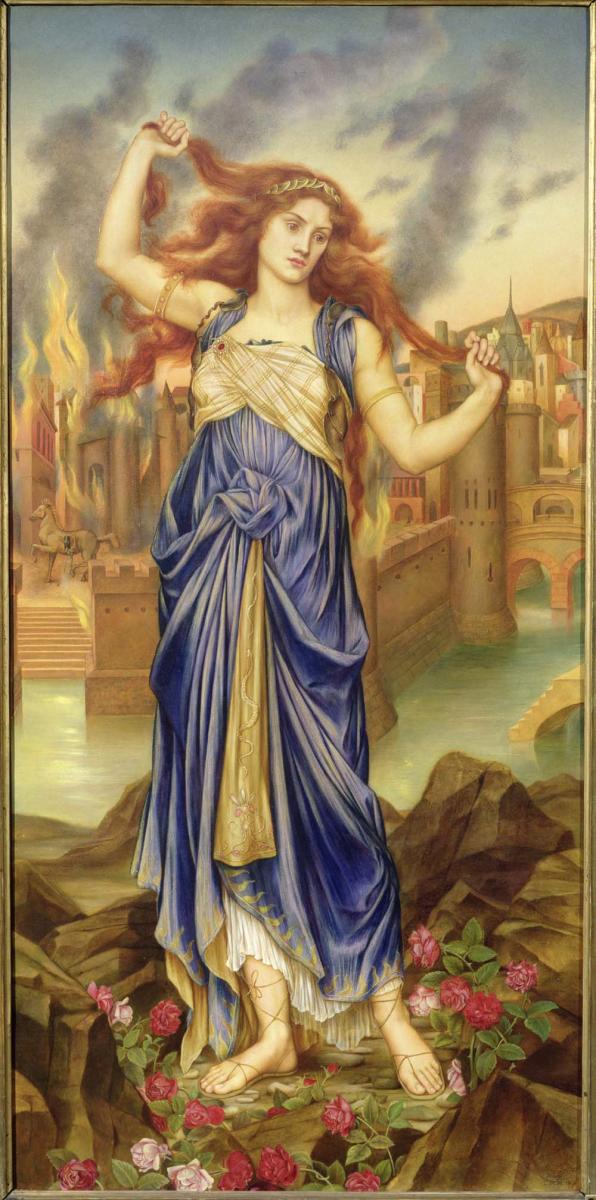
And user North Art decided to select Cassandra (1898) “A beautiful painting with an insightful depiction of the psyche of the subject while Troy burns all around her. The frustration is palpable.”
This prophet from Greek Mythology was blessed with the gift of prophecy but cursed so that none would believe her.
De Morgan’s beauty, technique and use of colour really resonate with us too. The fact they have remained steadfast all this time after painting shows the artists’ technical skill.
Ellora chose De Morgan’s The Saluation (1883).
“It feels so psychologically complete and full of drama. The two women – Mary and Elizabeth – are three dimensional characters who exist outside of the frame. The jewel-like tones are gorgeous too!”
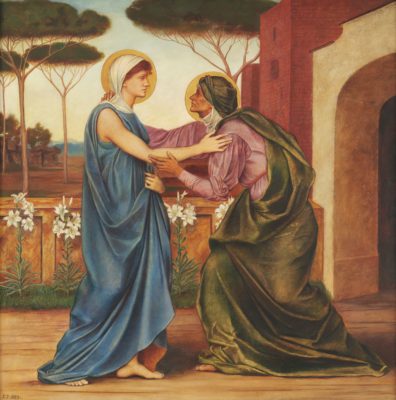
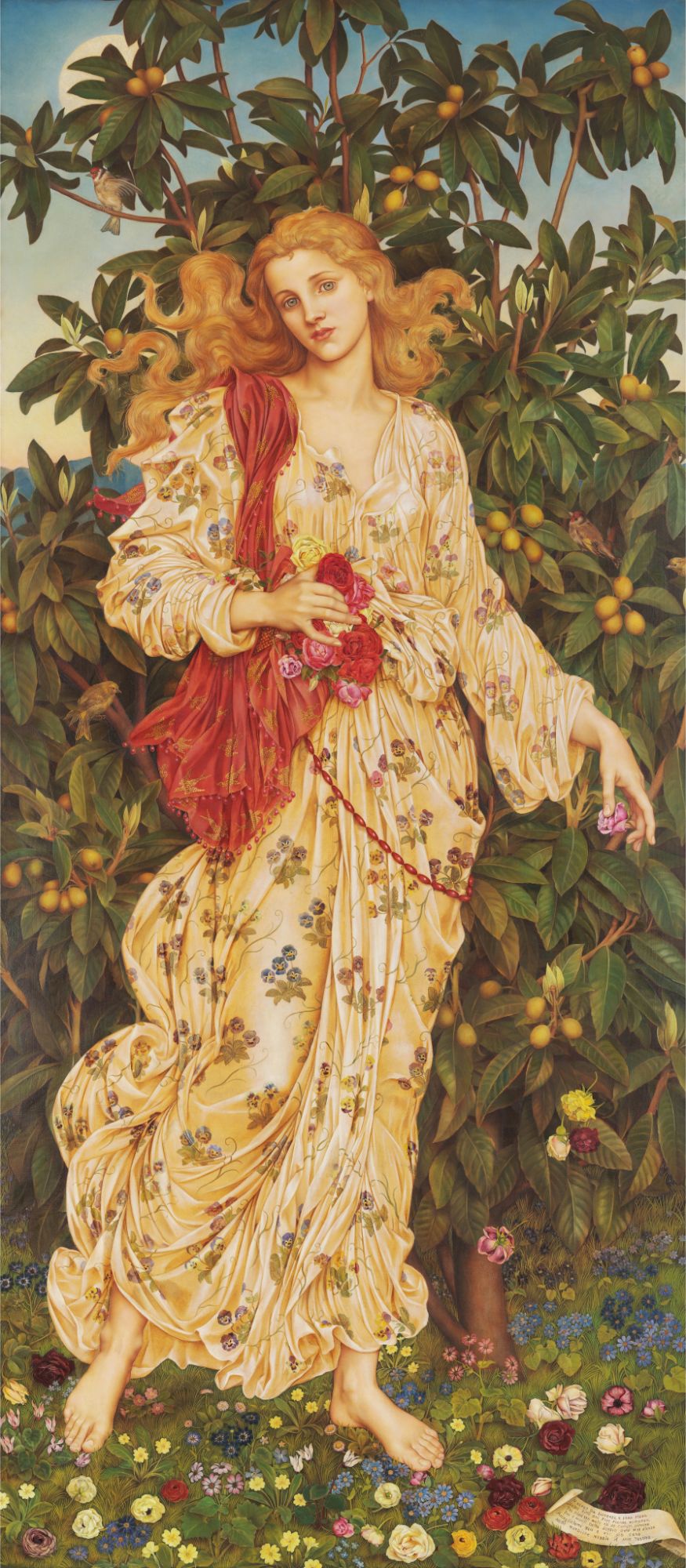
David chose Flora (1894) simply for being “simply glorious!”
And finally… The De Morgans certainly had a sense of humour and Richard loves the look on the cat’s face in the Love Potion (1904)
